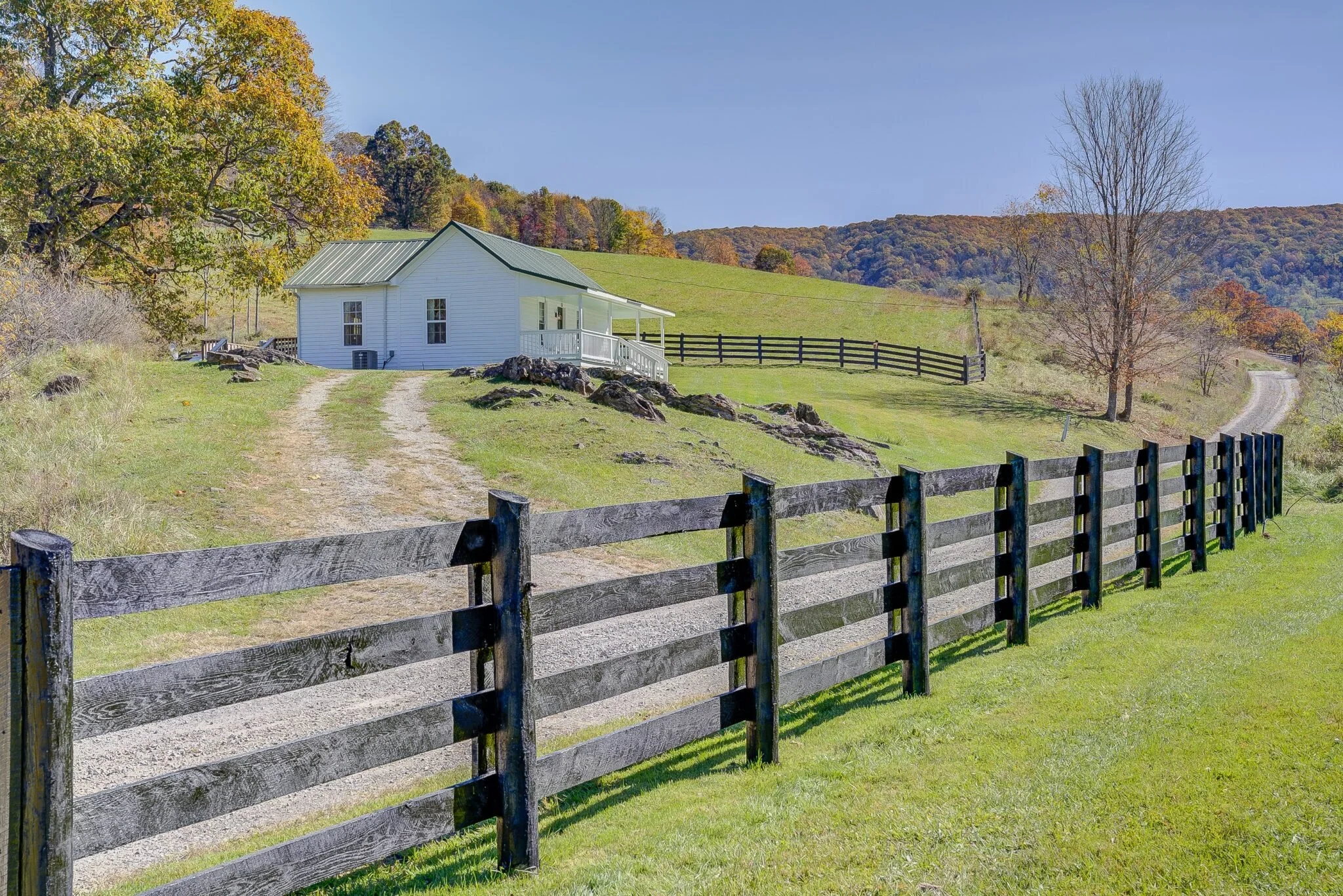

Our Story
The Lighthouse
Bellevue’s history begins when the section of Craig County where the house stands was part of Botetourt County. The house was built for Robert Wiley (1780-1847), whose Scottish father John Wiley is thought to have been born in 1754, lived in Botetourt County by 1774 when he wed Lydia Robinson, and died in 1809 or 1810 in Monroe County, one county to the west of Craig County in present-day West Virginia. John and Lydia’s son Robert was a merchant and landowner who in the 1810s lived in the Botetourt County seat of Fincastle. Robert Wiley’s first recorded land purchase was in 1811, followed by the purchase of over 500 acres in the Sinking Creek Valley in 1818. In 1827 he purchased a 382-acre tract on Sinking Creek where he built Bellevue. An increase in the value of buildings on the tract from zero to $1,000 in 1833 suggests the house was completed that year. An accompanying note reads “Improvements $1000.”[1]
Constructed circa 1833, Bellevue is a Federal-style two-story brick house located on the Cumberland Gap Road in western Craig County, Virginia. The Victorian two-tier front porch was added around the turn of the 20th century. The interior of the house features center-passage-plan interior is characterized by wood floors, plaster wall and ceiling finishes, and Federal mantels. The exterior has a metal-sheathed side-gable roof, a stone foundation, an integral one-story ell, and a symmetrical five-bay front.
The house is accompanied by notable domestic and agricultural outbuildings including a ca. Greek Revival doctor’s office, an early 1900s potato storage cellar, and an early 1900s above-ground ice house.
Acknowledgement
We acknowledge that our gathering is on the traditional homelands of Indigenous Peoples and on the ancestral hunting lands of the Monacan/Tutelo People. We honor the unique and enduring relationship these Indigenous Peoples had and have for the land, animals, and waters. We are grateful for their stewardship for the lands where we today have the privilege to live. We strive to learn from their tradition of living in harmony with nature and environment, and to take action to sustain it for generations to come.
Preservation
We have learned that generational traits are handed down by many avenues. Children become strong, complete citizens through many facets – genetics, role models, oral histories, individualism, and a sense of community are a few. If a child walks their main street and doesn’t see an 1800s courthouse that handled civil issues, if they don’t see a railroad bed that carried coal to fuel the world, if they don’t see an old livestock scale house to weigh food sources, or if they never see a Chestnut log structure knowing this tree is extinct, then they only see modernization. Their world becomes too sterile to develop true character and understanding of the course of nature. Without the rich trail of history evident in their daily lives, the wisdom and lessons of preceding generations will forever be lost.
At The Farm at Sinking Creek, preservation is one of our driving forces. Please visit each of our sites and learn more about our preservation projects at the farm.



